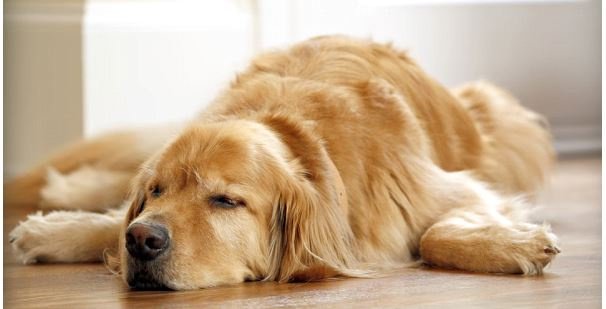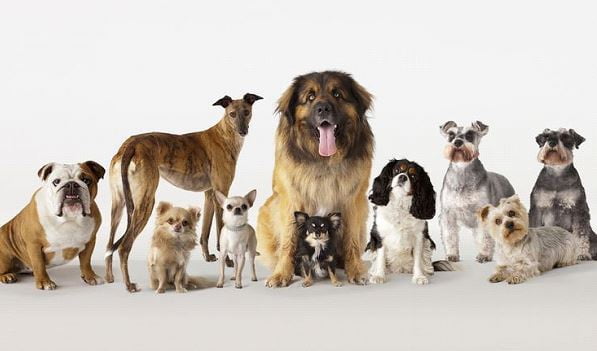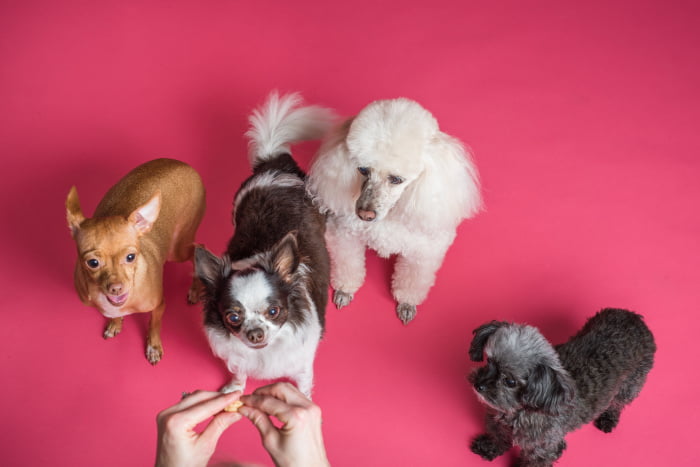There are numerous breeds of dogs all over the world. As a matter of fact, there are 450 types of dogs available. This vast number of canines can be challenging if you want to acquire a dog for your place. Different dogs are obtained for various reasons. Some dogs are reared for security purposes, like the German Shepherd.
On the other hand, a portion of dogs is raised for a company such as Chihuahua. Security and companionship are not the only reasons people buy dogs, as other breeds of dogs are bred for various needs. With many dogs, there was the need for classification to help dog lovers ascertain the ideal dog breeds for their needs.

The American Kennel Club places canine varieties into bunches dependent on their specific arrangement of characteristics, purposes, and uses. Dog groups are substituted into seven categories which include:
1. Working Group
The classification grouped some dogs into a working group. These are dogs that were reared from the early times to carry out practical responsibilities. Practical duties that dogs can perform include pulling carts or sleds, guarding flocks, and being used as watchdogs, to mention a few.
Canines that lie in this category are brilliant and devoted. Dogs in the working group were developed to help human beings in certain duties. Working dogs were developed from ancient times, but up to date, they are utilized for work. These dogs are full of strength and are well-known for inflicting stature.
The breed of dogs that lie in the working group category include Rottweilers, Portuguese Water Dogs, Alaskan Malamutes, Greater Swiss Mountain Dogs, and Bernese Mountain Dogs, to label a few.
2. Terrier Group
Dogs found in the terrier group are subdivided into three sub-groups. There are long-legged terrier breeds, spirited short-legged breeds, and bully breeds. Terriers were at first reproduced to kill vermin, which they generally stay excellent at.
The fiery, short-legged varieties in the Terrier Group were first reared to go underground in the quest for rodents and other vermin. Bully breeds, created long ago for ghastly pursuits like bull-baiting, are popular companion dogs today. Last but not least, long-legged terrier breeds uncover creatures as opposed to tunneling in after them.
Dogs found in this category are outstanding contenders in Earthdog, a dog’s sport. Canines in the terrier group include Staffordshire Bull, Kerry Blue, West Highland White, American Staffordshire, and Jack Russel Terriers.
3. Hound Group
The Hound group is another classification of dogs. A few canines that belong to this listing include Italian Greyhounds, Norwegian Elkhounds, English Foxhounds, Dachshunds, and Rhodesian Ridgebacks. These types of dogs were initially reared for hunting. Hound dogs have an incredible feeling of smell.
Their powerful sense of smell makes them ideal for hunting as they easily locate the prey. The importance of smell does not make them only suitable for hunting but also security purposes. The police use hound dogs to enforce the law. Dogs found in the hound group like Basset Hounds are loving and strong-willed.
4. Sporting Group
A portion of dogs is grouped in the sporting group. In this context, sports do not mean dog games. These types of dogs were used mainly in hunting.
Hunters used sporting dogs to help them in hunting prey. Canines in the Sporting Group were reproduced to assist hunters in the catch and recovery of padded games. Some of them were developed for swimming, as others were explicitly trained to hunt the waterfowl.
Dogs in this category are full of energy. That is why they are mainly reared outdoors. This kind of canines was preferred for hunting is simply because they have thick, water-repellant coats impenetrable to severe hunting conditions.
A few breeds of dogs that belong to this listing include English Cocker Spaniels, German Shorthaired Pointers, Chesapeake Bay Retrievers, American Water Spaniels, and Clumber Spaniels. See this link to read more https://www.telegraph.co.uk/pets/essentials/seven-types-of-dog/

5. Herding Group
The herding group is made of a significant number of canines. Old English Sheepdogs, Australian Cattle Dogs, Shetland Sheepdogs, Pembroke Welsh Corgis, and Belgian Malinois, to mention a few belong to the Herding Group.
Dogs in this category were bred to aid in herding where they used to move livestock like cattle and sheep. They were also used in herding reindeers. These breeds work hand to hand with their owners, who are majorly shepherds. Herding dogs have high regular insight and responsiveness, which makes them makes them profoundly teachable.
Currently, some Herding breeds, for example, the German Shepherd Dog, are ordinarily prepared for police work. It is highly recommended to find a job for these breeds of dogs as they have significant degrees of energy.
6. Non-sporting Group
Dogs found in this group include American Bulldogs, American Eskimo Dogs, Chow Chows, Boston Terriers, and Poodles, to mention a few.
The non-sporting group is termed to be unique. This is because it doesn’t bunch canines for a specific reason or size. Rather, it’s more of a catch-all category for pooches that don’t fit in different gatherings.
However, pups in this listing have wet noses in common. They are loving pets as they were reared to interrelate with humans.
7. Toy Group
Canines in the Toy Group are little in height, however enormous on minds and warmth. They make lovely lap canines. These types of dogs include Maltese, Cavalier King Charles Spaniels, Miniature Pinschers, Chinese Crested Dogs, and Chihuahuas, to name a few. Click here to see how you can keep your dog healthy.
Conclusion
The 450 dogs available have been categorized into seven groups. The major groups include working, terrier, hound, sporting, herding, non-sporting, and toy group. At the end of this article, I am pretty sure you can ascertain where furry friend lies.





